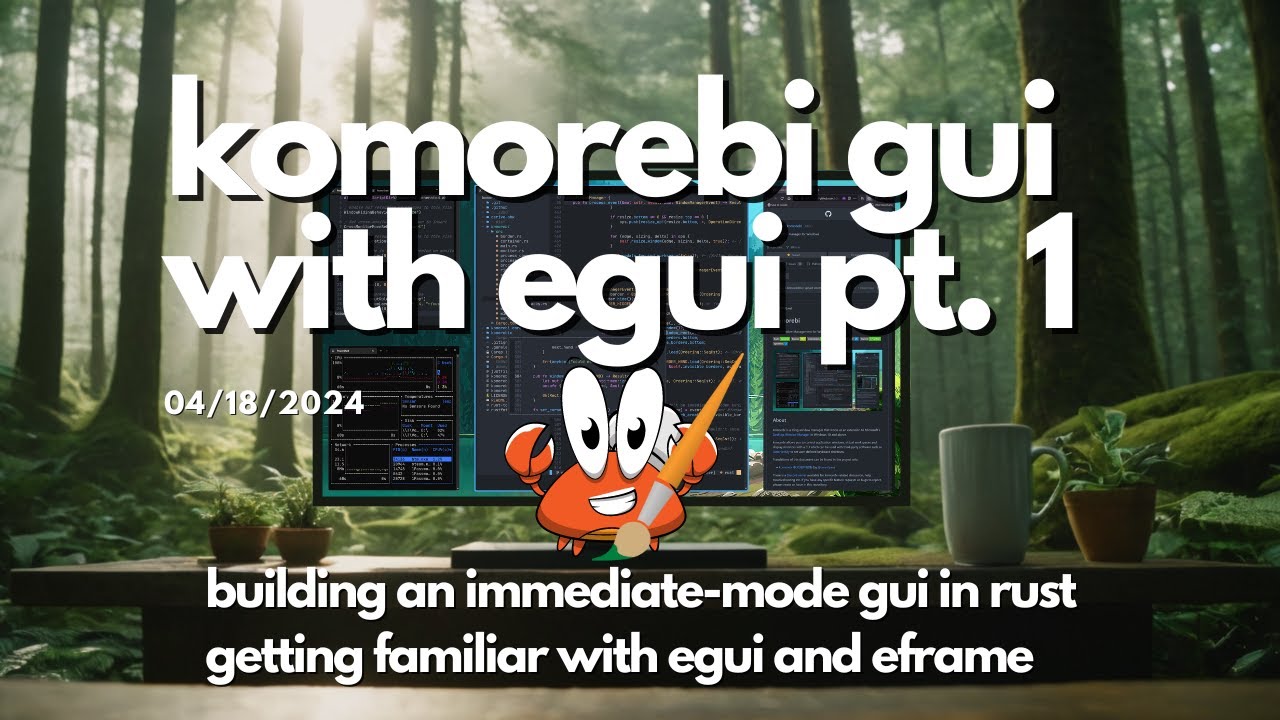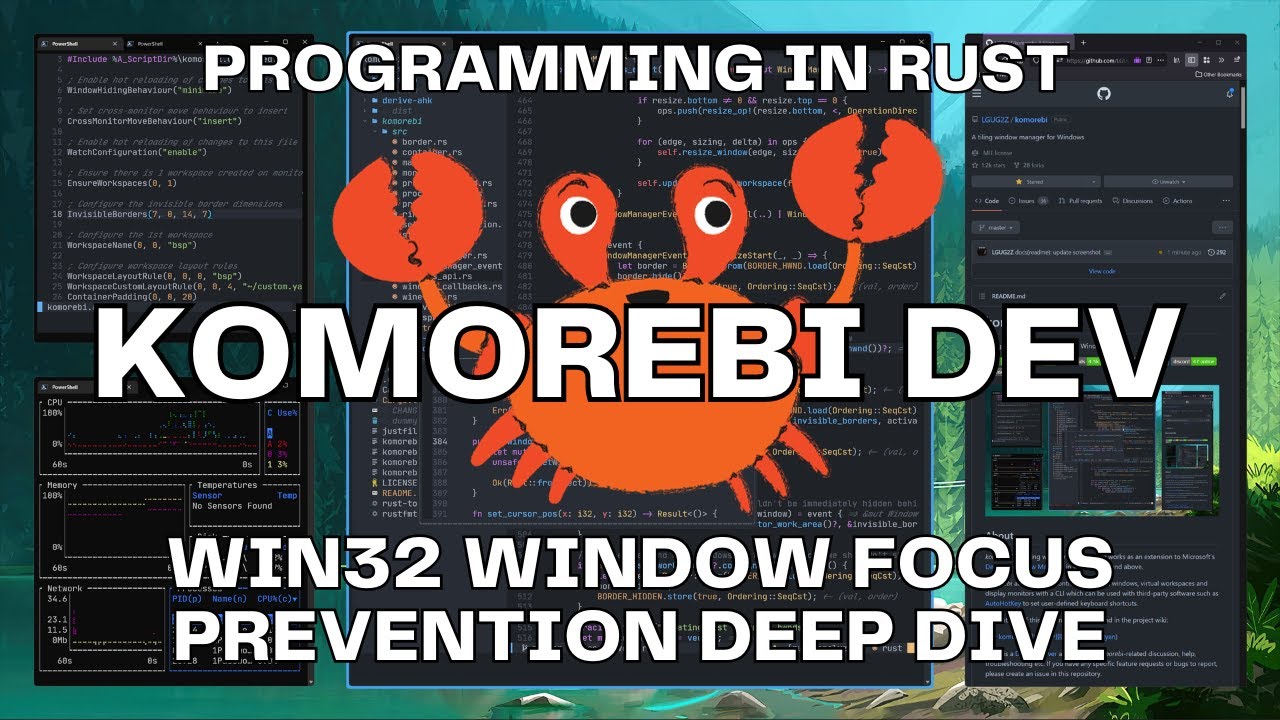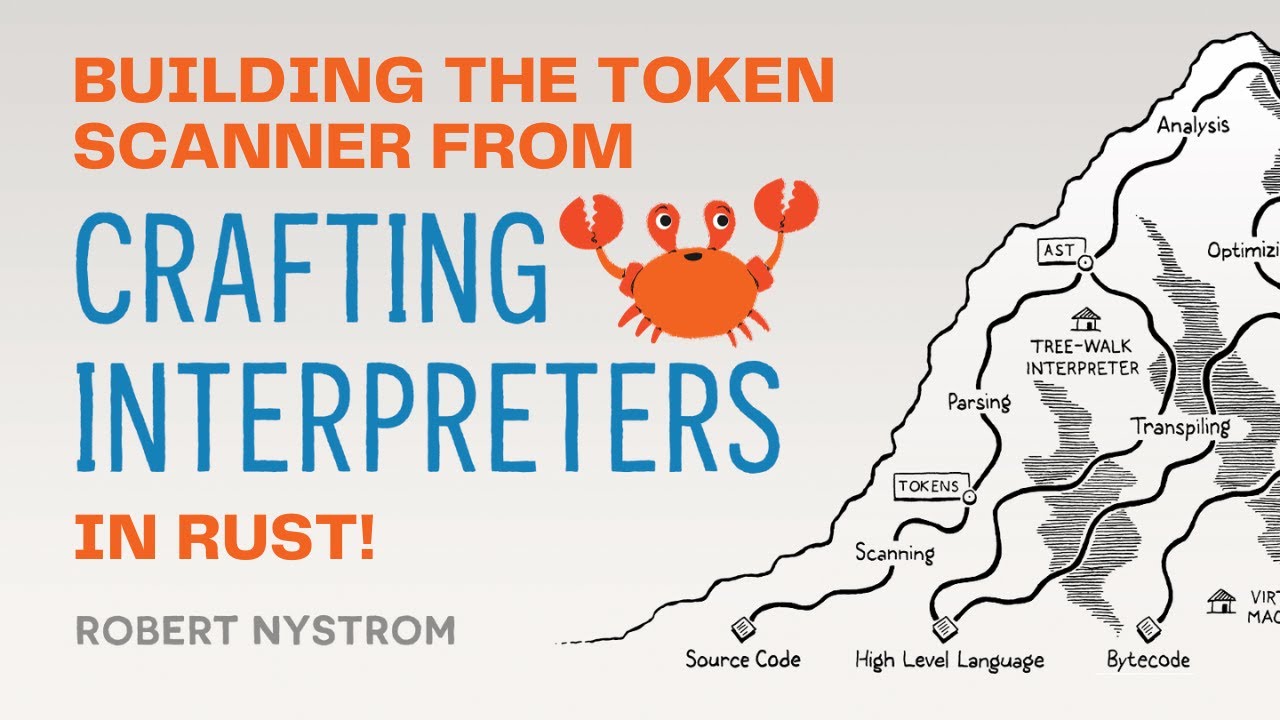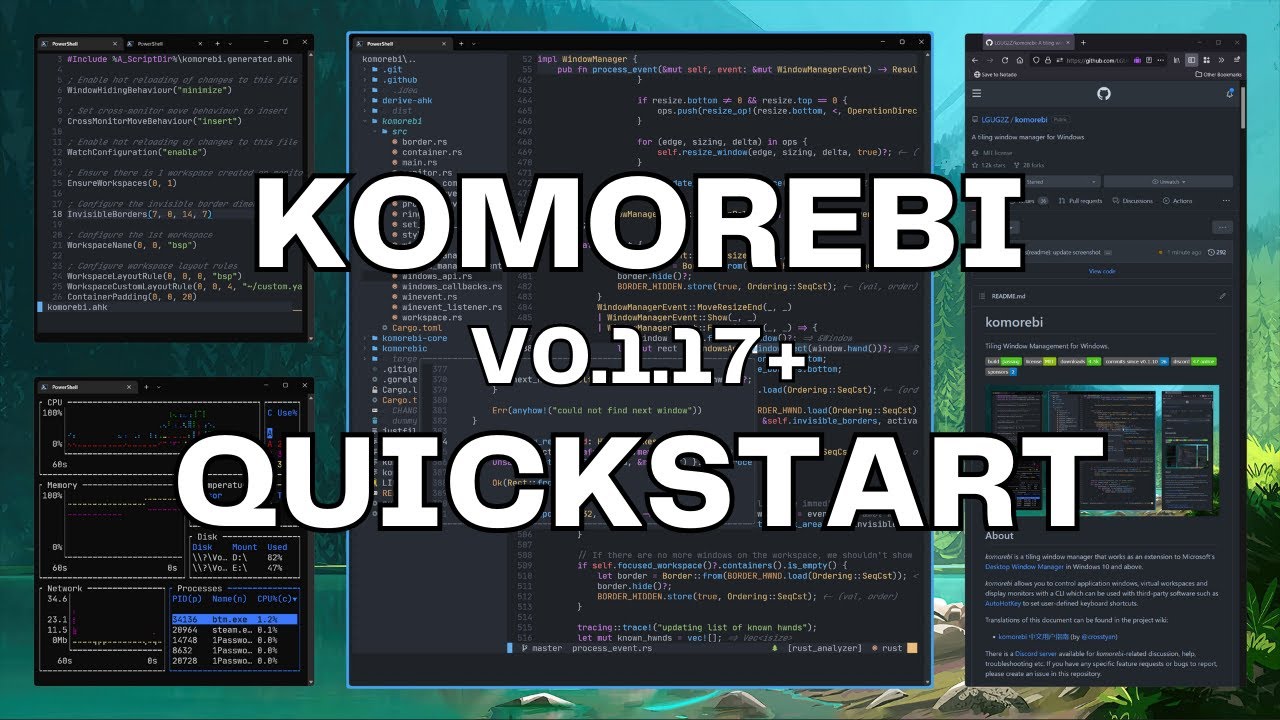Jeezy
- 17 Posts
- 14 Comments

 1·1 year ago
1·1 year agoThe whole point is that you can build a working container image and then ship it to a registry (including private registries) so that your other developers/users/etc don’t have to build them and can just run the existing image.
Agreed, we still do this in the areas where we use Docker at day job.
I think the mileage with this approach can vary depending on the languages in use and the velocity of feature iteration (ie. if the company is still tweaking product-market fit, pivoting to a new vertical, etc.).
I’ve lost count of the number of times where a team decides they need to
npm installsomething with a heavynode-gypstep to build native modules which require yet another obscure system dependency that is not in the base layer. 😅

 3·1 year ago
3·1 year agoWe all use Linux on our workstations and laptops. That might make it easier.
You are living my dream!
I think this is the key piece; the experience of Docker on Linux (including WSL if it’s not hooking into Docker Desktop on Windows) and on macOS is just so wildly difference when it comes to performance, reliability and stability.

 2·1 year ago
2·1 year agoThanks for sharing this! Added to my weekend inspiration/reading pile. 🙏

 41·1 year ago
41·1 year agoHighly recommended viewing if you’d like to learn more about the limits of reproducibility in the Docker ecosystem.

 52·1 year ago
52·1 year agoTutorial != advocation. As I said, no attempt to engage in good faith.

 5·1 year ago
5·1 year agoI understood your point, and while there are situations where it can be optional, in a context and scale of hundreds of developers, who mostly don’t have any real
dockerknowledge, and who work almost exclusively on macOS, let alone enough to set up and maintain alternatives to Docker Desktop, the only practical option becomes to pay the licensing fees to enable the path of least resistance.

 148·1 year ago
148·1 year agoLot’s of (incorrect) assumptions here and generally a very poorly worded post that doesn’t make any attempt to engage in good faith. These are the reasons for what I believe is my very first down-vote of a comment on Lemmy.

 5·1 year ago
5·1 year agoNixOS on WSL2 is actually my development environment of choice these days! (With my tiling window manager komorebi, of course! 😀)

 6·1 year ago
6·1 year agoI believe this is the Docker Desktop license pricing.
On an individual scale and even some smaller startup scales, things are a little bit different (you qualify for the free tier, everyone you work with is able to debug off-the-beaten-path Docker errors, knowledge about fixes is quick and easy to disseminate, etc.), but the context of this article and the thread on Mastodon that spawned it was a “unicorn” company with an engineering org comprised of hundreds of developers.

 172·1 year ago
172·1 year agoHi!
First I’d like to clarify that I’m not “anti-container/Docker”. 😅
There is a lot of discussion on this article (with my comments!) going on over at Tildes. I don’t wanna copy-paste everything from there, but I’ll share the first main response I gave to someone who had very similar feedback to kick-start some discussion on those points here as well:
Some high level points on the “why”:
-
Reproducibility: Docker builds are not reproducible, and especially in a company with more than a handful of developers, it’s nice not to have to worry about a
docker buildcommand in the on-boarding docs failing inexplicably (from the POV of the regular joe developer) from one day to the next -
Cost: Docker licenses for most companies now cost $9/user/month (minimum of 5 seats required) - this is very steep for something that doesn’t guarantee reproducibility and has poor performance to boot (see below)
-
Performance: Docker performance on macOS (and Windows), especially storage mount performance remains poor; this is even more acutely felt when working with languages like Node where the dependencies are file-count heavy. Sure, you could just issue everyone Linux laptops, but these days hiring is hard enough without shooting yourself in the foot by not providing a recent MBP to new devs by default
I think it’s also worth drawing a line between containers as a local development tool and containers as a deployment artifact, as the above points don’t really apply to the latter.
-

 2·1 year ago
2·1 year agoI initially tried it when I first switched to Windows, but as I mentioned in another comment, it lacks the ability to automatically (re)arrange the windows on the screen in response to events like new windows opening, windows minimizing or being closed, etc.

 2·1 year ago
2·1 year agoThe biggest difference vs. the built-in snapping is that when you move one window, all of the other windows move in relation to that window based on the layout algorithm you choose, and when you add a new window to the workspace, all of the other windows rearrange in relation to that new window, etc.
In this way, it’s very similar to Linux tiling window managers like
bspwmandi3, which allow you to arrange your desktop on-the-fly using only keyboard shortcuts.

 1·1 year ago
1·1 year agoIf you’ve ever seen some of the cool window managers on communities like !unixporn@lemmy.world, you should know that you can achieve a similar workflow on Windows too!

















I think it’s a stack that really pays off in the long run for solo projects. After a long week of work the last thing I want to do is go tracking down runtime errors (
undefined is not a function, my old friend) or messing around with Docker containers and Kubernetes clusters. It also doesn’t hurt that once you throw away the costly deployment abstractions, the operating expenses turn out to be a lot cheaper.